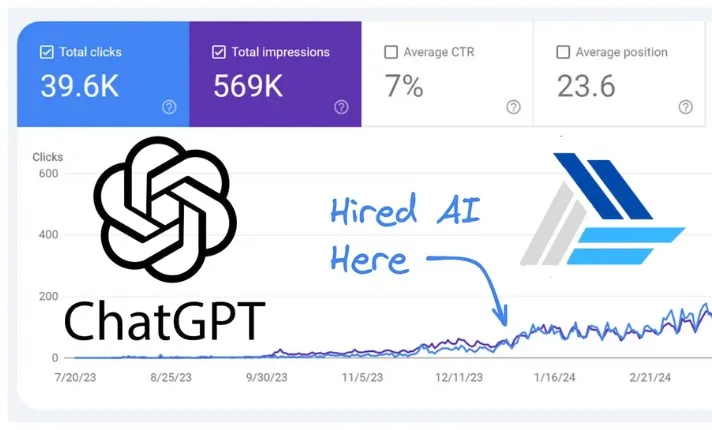What is NTLM Hash?
NTLM hash, which stands for NT LAN Manager hash, is a cryptographic representation of a user's password used in Windows operating systems. When a user sets or changes their password, the NTLM protocol processes it to generate a fixed-length hash value. This value is securely stored in the Windows security database and used for authentication, allowing users to access resources within a Windows network without exposing their actual password. Essentially, the NTLM hash acts as a digital fingerprint of the user's password, enhancing security during authentication.
Key Features of Our NTLM Hash Generator
- Password Hash Generation: Generate NTLM hashes from plain-text passwords to ensure secure storage and comparison.
- Security Enhancement: By converting passwords into NTLM hashes, our tool enhances security by preventing plain-text password storage and transmission.
- Ease of Use: Our user-friendly interface allows for quick and easy input of passwords to obtain NTLM hashes.
- Time Efficiency: Streamline the process of generating NTLM hashes, saving time and reducing errors.
- Offline Operation: Generate NTLM hashes without an internet connection, providing versatility in various environments.
- Compatibility: Works seamlessly with various systems and applications that use NTLM hashes for authentication.
- No Data Storage: We do not store any passwords or data, ensuring your information remains private and secure.
How to Generate an NTLM Hash
- Navigate to the NTLM Hash Generator Section: Visit Jimni Nomics and find the NTLM Hash Generator section.
- Input Your Criteria: Type or paste the password you want to convert into the designated input box.
- Generate NTLM Hash: Click on the “Generate” button to create your NTLM hash.
- Review the Results: The generated NTLM hash will appear in the output box. Copy and use it as needed.
Can NTLM Hashes Be Used for Authentication?
Yes, NTLM hashes are utilized for authentication in Windows operating systems. When a user sets a password, it is converted into a fixed-length hash, stored securely in the system's database. Upon login, the system hashes the entered password and compares it to the stored hash. If they match, access is granted, enhancing security by not storing passwords in plain text.
Best Practices for NTLM Hash Generation
- Use Strong Passwords: Create complex passwords with a mix of characters, avoiding easily guessable phrases.
- Salt the Passwords: Incorporate a unique random value, or "salt," to enhance hash security.
- Employ Secure Hashing Algorithms: Use proven algorithms like NTLMv2 or advanced ones like SHA-256 for better security.
- Implement Key Stretching: Use key stretching techniques to make it harder for attackers to crack hashes.
- Hash on the Server Side: Generate hashes server-side to minimize exposure during transit.
- Secure Hash Storage: Store NTLM hashes in a protected database, limiting access to authorized personnel.
- Regularly Update Algorithms: Stay updated with cryptographic advancements to maintain security.
- Utilize Multi-Factor Authentication: Enhance security by combining NTLM hashes with additional authentication factors.
- Conduct Regular Security Audits: Periodically review your hash generation process and security measures.
Frequently Asked Questions (FAQs)
Are NTLM hashes reversible?
NTLM hashes are designed as one-way functions, making them challenging to reverse. However, brute-force attacks can potentially crack them by trying every combination of characters.
Can NTLM hashes be used for authentication?
Yes, NTLM hashes are widely used for authentication in Windows networks, including Active Directory, by comparing hashed passwords during user login.
Are NTLM hashes secure?
NTLM hashes have vulnerabilities and are not considered the most secure method for password storage. Stronger alternatives, such as NTLMv2 and other modern hashing algorithms, are recommended to enhance security.


 By: Jimni Nomics
By: Jimni Nomics
